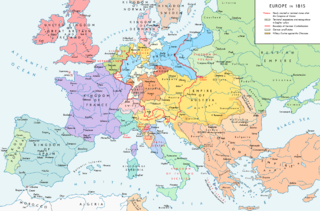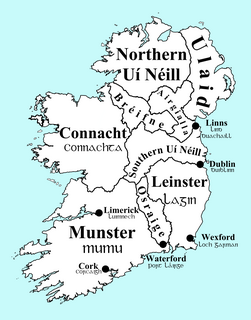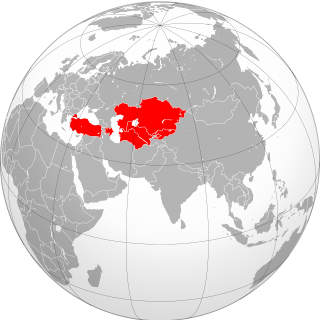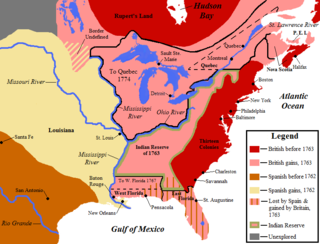 W
WThis is a list of kingdoms in pre-colonial Africa.
 W
WThis is a list of the possible Armeno-Phrygian peoples and tribes. Armeno-Phrygians is the name given to the common ancestors of both Phrygians and Proto-Armenians and Ancient Armenians.
 W
WThis is a list of Armenian states, countries and regions throughout history. It includes empires, countries, states, provinces, regions and territories that have or had in the past one of the following characteristics:An ethnic Armenian majority or significant portion of it Armenians are an official, constitutional or titular nation Armenian as an official language or the native language of the majority An Armenian ruling class or dynasty
 W
WThe Bronze Age marks the emergence of the first complex state societies, and by the Middle Bronze Age the first empires. This is a list of Bronze Age polities.
 W
WThe following is a list of tribes who lived on the territories of contemporary Belarus, Russia, and Ukraine. The tribes were later replaced or consolidated by Slavs, starting with the formation of Kievan Rus', including the semi-autonomous principalities of the Grand Duchy of Lithuania, that existed in the first half of the second millennium. The area was later expanded to become the Tsardom of Russia, followed by the Russian Empire, which became part of the Soviet Union.
 W
WThis article gives a detailed listing of all the countries, including puppet states, that have existed in Europe since the Congress of Vienna in 1815 to the present day. Each country has information separated into columns: name of the distinct country, its lifespan, the country or countries that hold all or some of the territory it once did, and further information about it.
 W
WThis is an incomplete list of states that have existed on the present-day territory of Georgia since ancient times. It includes de facto independent entities like the major medieval Duchies (saeristavo).
 W
WRecognized great powers came about first in Europe during the post-Napoleonic era. The formalization of the division between small powers and great powers came about with the signing of the Treaty of Chaumont in 1814. A great power is a nation or state that, through its great economic, political and military strength, is able to exert power and influence over not only its own region of the world, but beyond to others.
 W
WA great power is a nation or state that, through its great economic, political and military strength, is able to exert power and influence not only over its own region of the world, but beyond to others.
 W
WThis article lists some of the attested Gaelic kingdoms of Early Medieval Ireland prior to the Norman invasion of 1169-72.
 W
WThe Iron Age is an archaeological age, the last of the three-age system of Old World prehistory. It follows the Bronze Age, in the Ancient Near East beginning c. 1200 BC, and in Europe beginning after c. 800 BC. It is taken to end with the beginning of Classical Antiquity, in about the 6th century BC, although in Northern Europe, the Germanic Iron Age is taken to last until the beginning of the Viking Age, c. AD 800.
 W
WItaly, up until the Italian unification in 1861, was a conglomeration of city-states, republics, and other independent entities. The following is a list of the various Italian states during that period.
 W
WThis is a list of Kurdish dynasties, countries and autonomous territories. All of which flourished after the Islamic conquest of Persia and the bordering Roman provinces; before this, the term "Kurd" referred to Iranian nomads in the region, and modern academics do not accept that any earlier state or ruler is accurately described as Kurdish.
 W
WThe Heptarchy is a collective name applied to the seven kingdoms of Anglo-Saxon England from the Anglo-Saxon settlement of Britain in the 5th century until the consolidation into the four kingdoms of Mercia, Northumbria, Wessex and East Anglia in the eighth century.
 W
WThe following is a list of dynasties, states or empires which are Turkic-speaking, of Turkic origins, or both. There are currently six recognised Turkic sovereign states. Additionally, there are six federal subjects of Russia in which a Turkic language is a majority, and five where Turkic languages are the minority, and also Crimea, a disputed territory between Ukraine and Russia where Turkic languages are the minority. There have been numerous Turkic confederations, dynasties, and empires throughout history across Eurasia.
 W
WThis is a list of historic regions of the United States that existed at some time during the territorial evolution of the United States and its overseas possessions, from the colonial era to the present day. It includes formally organized territories, proposed and failed states, unrecognized breakaway states, international and interstate purchases, cessions, and land grants, and historical military departments and administrative districts. The last section lists informal regions from American vernacular geography known by popular nicknames and linked by geographical, cultural, or economic similarities, some of which are still in use today.